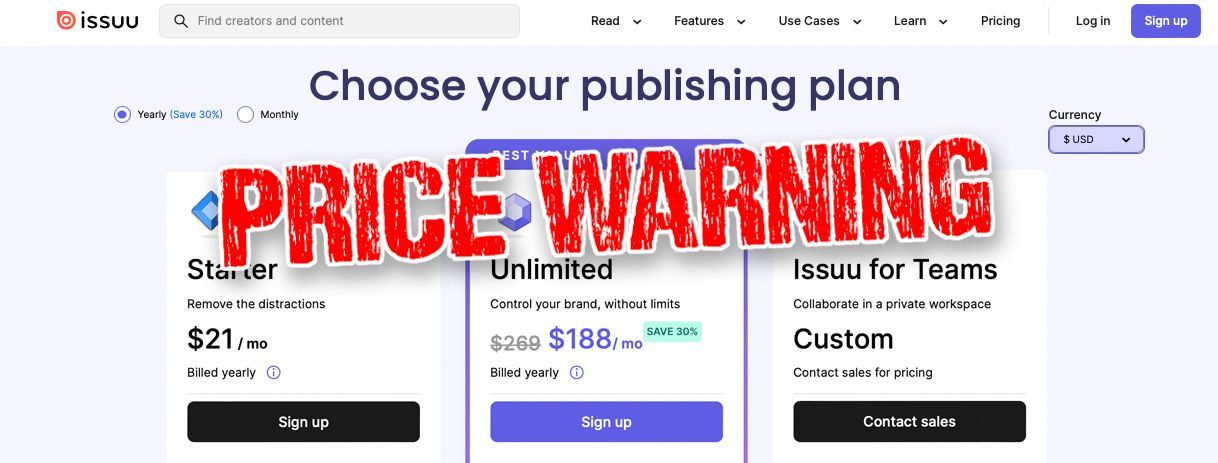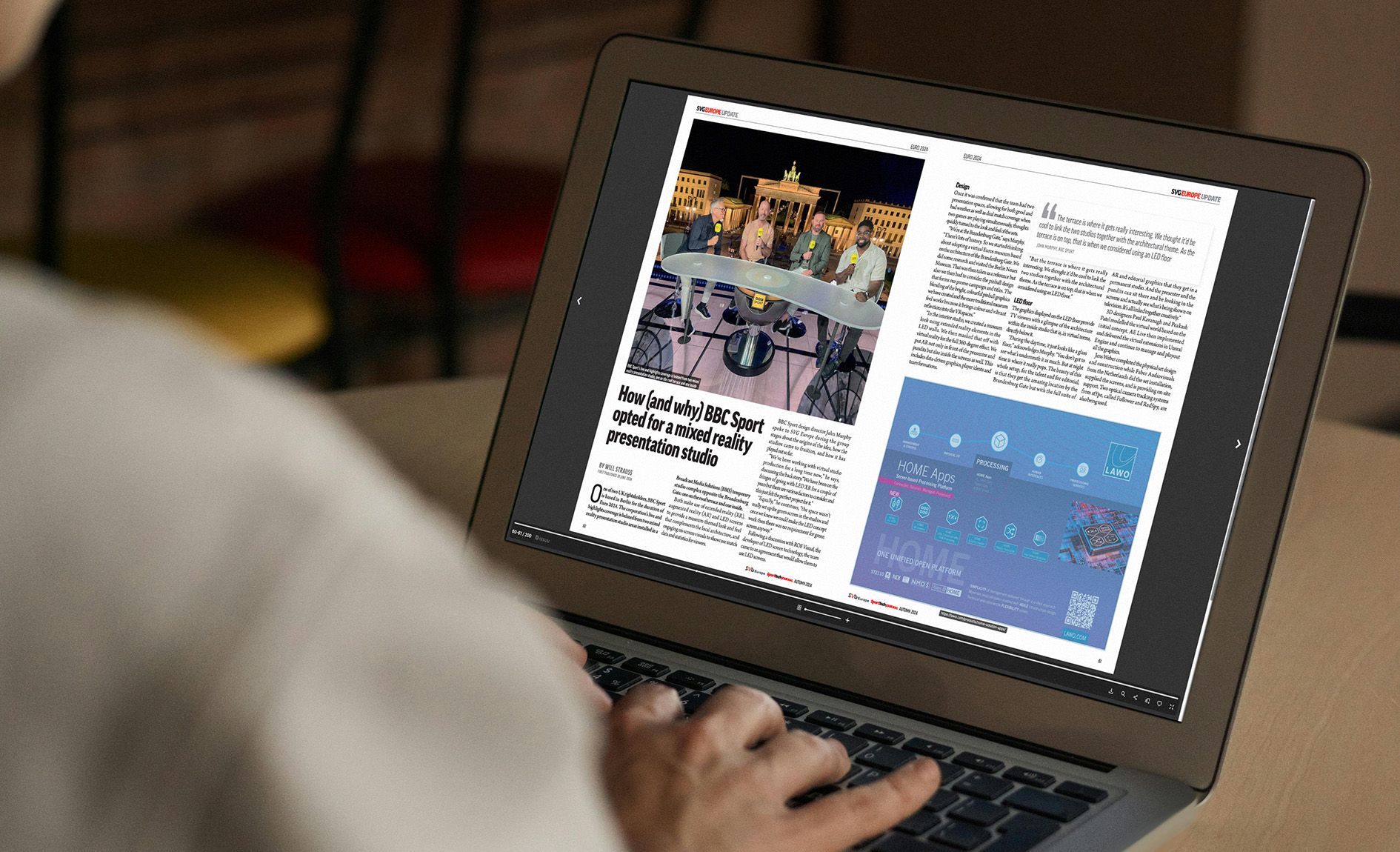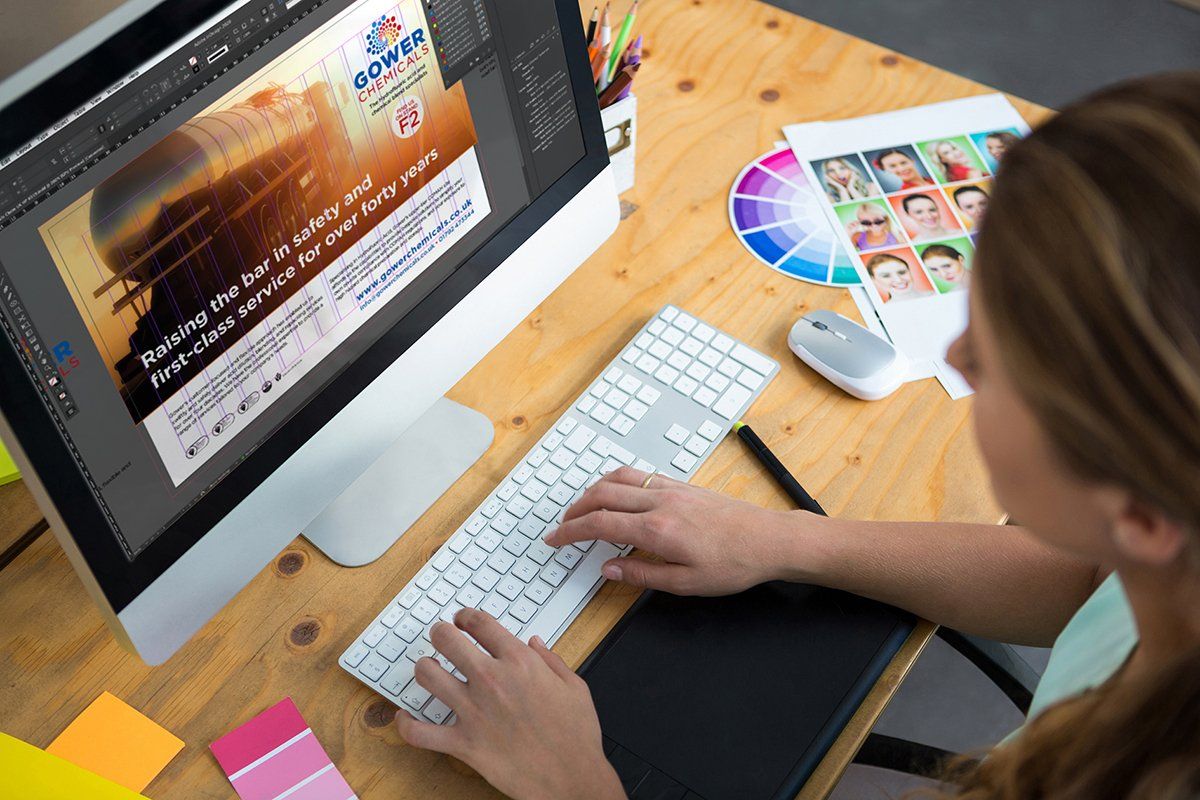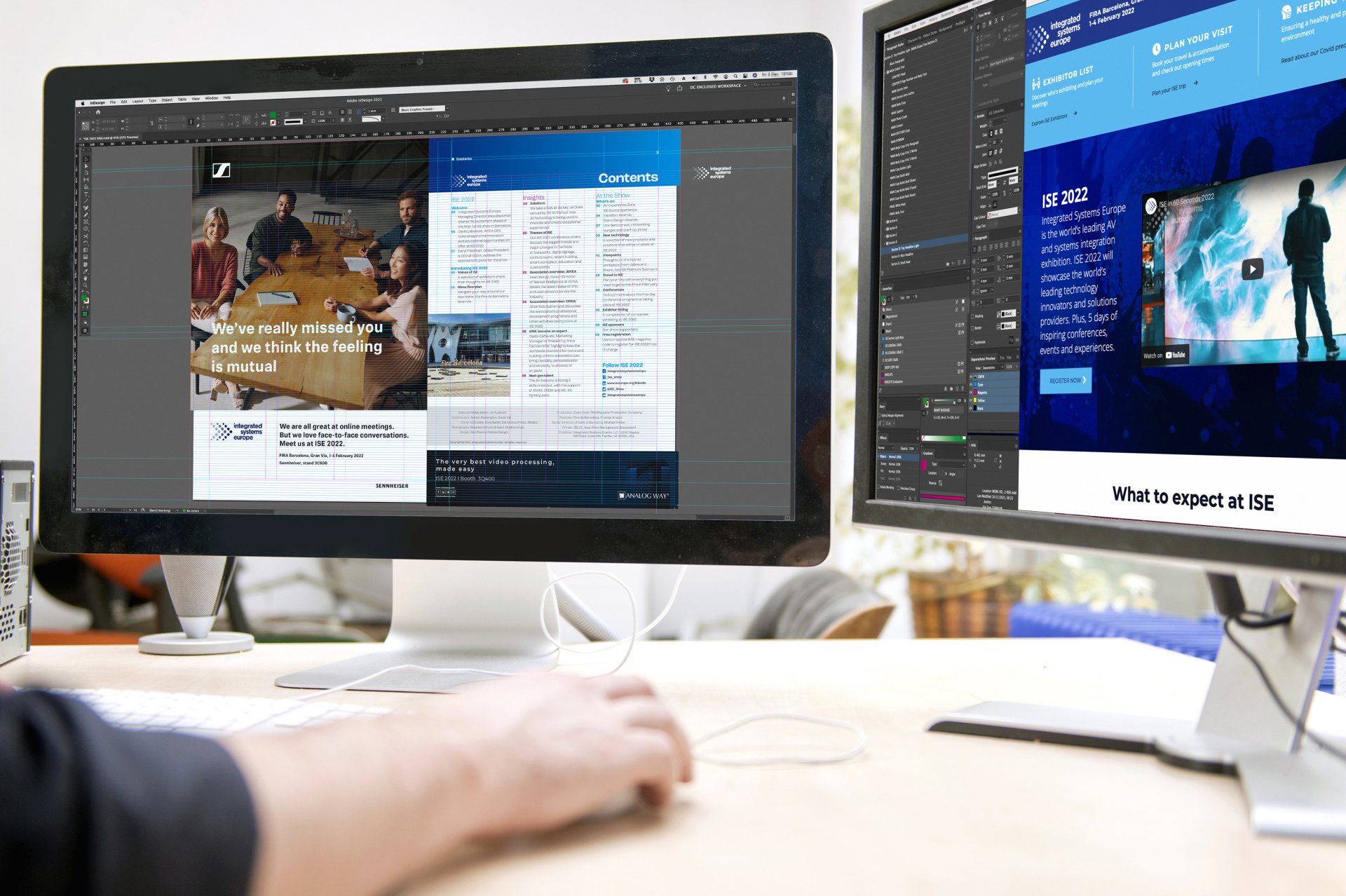Articles
Discover helpful advice and knowledge

Issuu Price Increase 2025: Massive 450% Price Hike Angers Publishers! Issuu's controversial "Unlimited" plan, merging Premium & Optimum, comes with staggering price increases. Users report unexpected charges, limited Starter plan features (no hyperlinks, ads), & "unethical" tactics. Is Issuu forcing users into high-cost plans? Read about leaked discount offers, blocked content access, & growing user complaints on Trustpilot. Find Issuu alternatives like BlueToad, Yumpu, and Flipsnack.

A hybrid magazine is a publication that is designed and produced once so it can be published digitally and in print, with interactive elements available in both formats. This approach can save time rather than creating two separate products — one geared specifically for digital and the other for print, such as working to different sizes or pagination lengths. Interactive features allow a more engaging and immersive experience for the reader regardless of whether they read the publication online or in print. What are the key features of hybrid magazines 1. Interactive Elements: QR Codes: Scan these codes to access exclusive online content, videos, podcasts, and interactive games. Augmented Reality (AR): Use a smartphone to overlay digital content, like 3D models or animations, onto the printed page. 2. Digital Extensions: Online Platforms: Access additional content, such as web-only articles, updated-driven content, podcasts, webinars or forums. Social Media Integration: Connect with the magazine's community and other readers through social media channels. Benefits of hybrid magazines Enhanced Reader Experience: Interactive elements and digital extensions make reading more engaging and memorable. Increased Reader Engagement: Hybrid magazines encourage readers to participate and share content actively. Innovative Advertising Opportunities: Brands can leverage the unique format to create innovative and interactive ad campaigns. Data-Driven Insights: Tracking digital interactions provides insight into reader behaviour and preferences. The future of print Hybrid magazines demonstrate the enduring appeal of digital and print media. By embracing technology and innovation, print publications can continue to thrive in the digital age. Are you ready to experience the future of print? Feel free to drop us a line.

Since the mid-noughties, the publishing industry has been undergoing a seismic shift, with digital media rapidly gaining ground. As a result, many have questioned the future of print magazines. While digital platforms offer convenience and accessibility, print continues to hold a place in the hearts of readers. Have digital magazines replaced print magazines, or is there something else to consider?

Are print magazines still relevant in today's digital world? The short answer is a resounding yes. Despite the proliferation of online content, magazines offer a unique and invaluable experience that sets them apart. Curated content, in-depth coverage, and visual appeal provide a distinct and enjoyable reading experience that fosters a community. Magazines offer a timeless and immersive quality that continues to resonate with readers. And with positive indications that print magazines are making a return, there are also signs of renewed interest from advertisers.

Creating a digital magazine can be rewarding, but it requires careful planning and execution. One of the most crucial aspects is the design. A well-designed magazine looks visually appealing, enhances user experience, and improves discoverability. In this article, Dean Cook explores the benefits of hiring a professional magazine designer and using a publishing platform like Yumpu to create a successful digital publication.

In today's fast-paced business environment, trade shows, exhibitions, conferences and events play a crucial role in connecting businesses with potential customers, partners, and suppliers. Organisers seeking ideas to enhance engagement should consider publishing a regular magazine, as it can significantly improve the event's value proposition for visitors and exhibitors.

In newspaper and magazine production, pagination primarily involves numbering and positioning editorial and advertising content as pages. It also enables the production artist to group pages, such as knowing where to add sections or supplements while working within a printer's printing plate and sheet arrangement to support print efficiency and costs.

So you have a fantastic magazine idea! It is filled with captivating stories, stunning visuals, and a message that will resonate with your target audience. You turn on your computer, fire up a design program, and think, "Piece of cake!" But hold on there, aspiring publisher. Creating a professional, print-ready magazine goes far beyond simply arranging text and images on a page.







